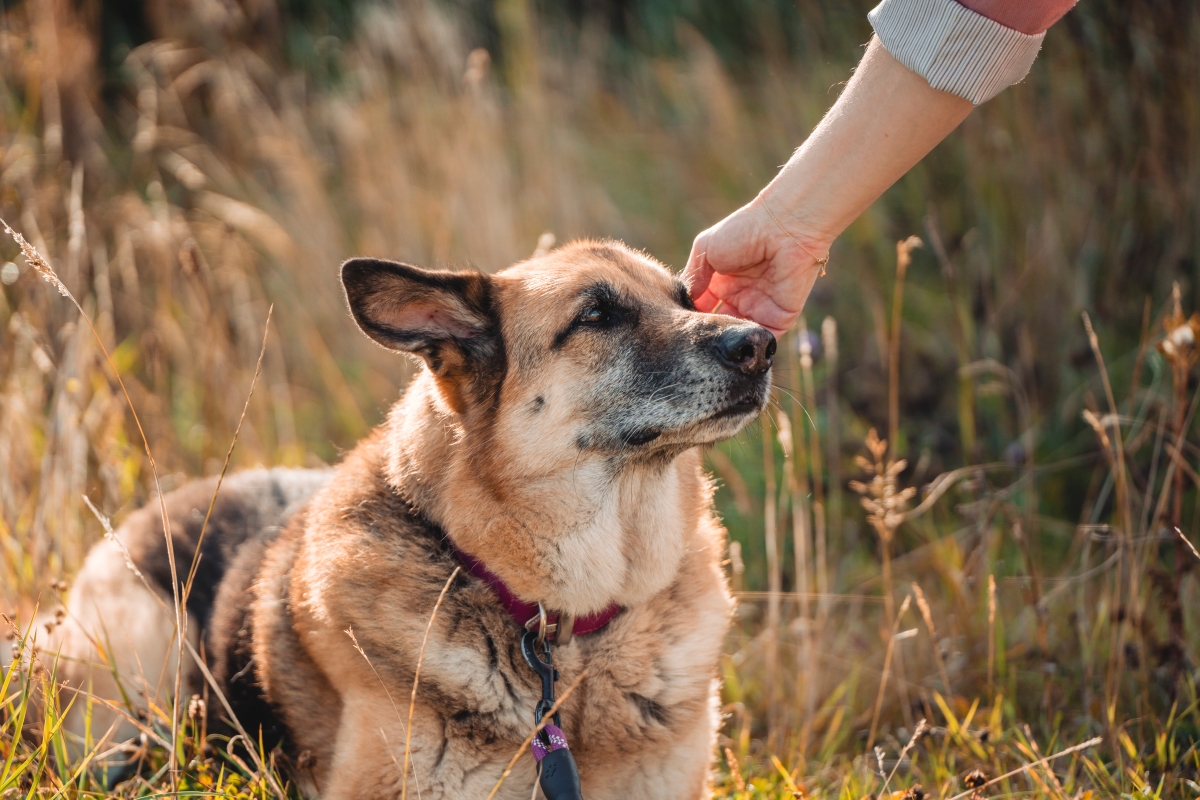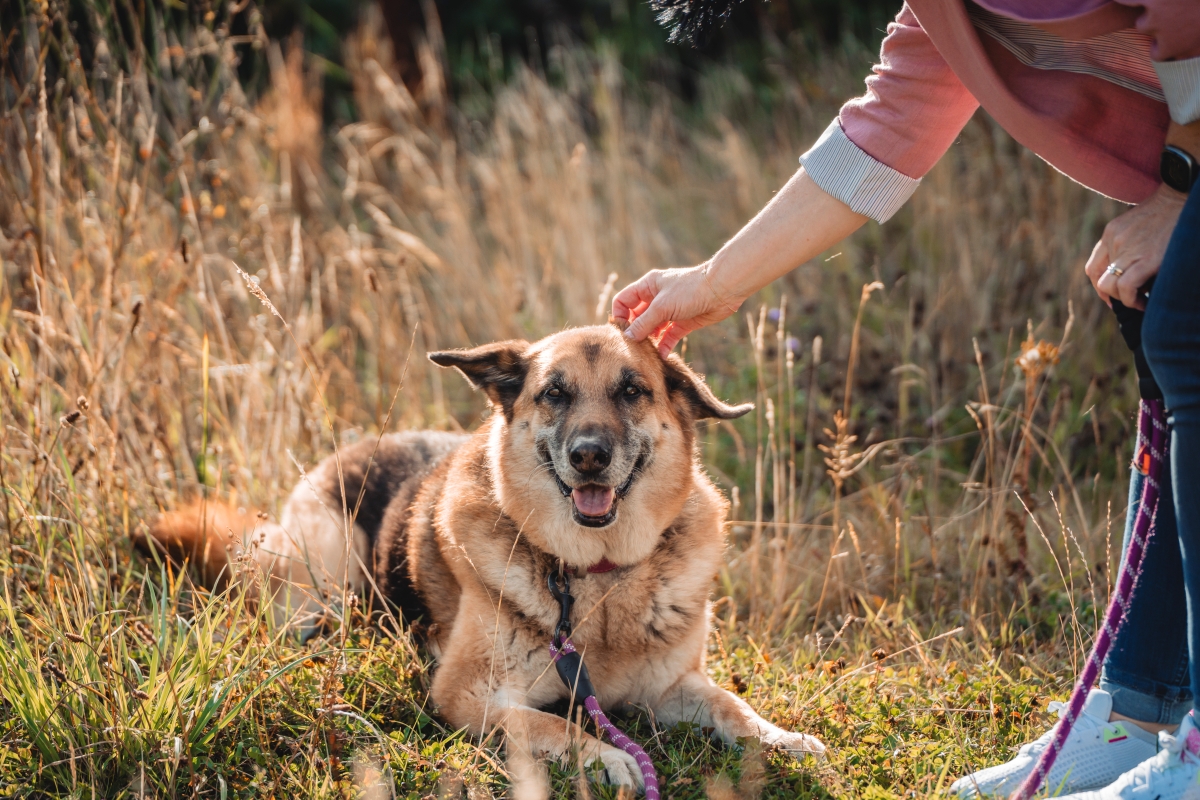Canine arthritis is a progressive and painful disease affecting one or more joints. When a dog is diagnosed with arthritis, we cannot cure it but instead need to institute ongoing management designed to relieve pain and maximise quality of life.

Management of pain
Ongoing management of osteoarthritis pain is vital as chronic pain will limit your dog’s activity. This can result in muscle wastage, further impacting mobility. When your dog is diagnosed with osteoarthritis, it is likely your vet will prescribe medication to help manage the pain and improve their quality of life.
It is important to administer the medication in accordance with your vet's instructions. You should see improvements in your dog’s condition as a result, but this doesn’t mean the disease is cured, so treatment should not be stopped unless specifically advised by your vet. It can become harder to control pain if it is allowed to continue unchecked for periods of time.
Concerns over potential side effects of particular medications may also lead owners to reduce or stop giving the medication. It is important to speak with your vet if you have any concerns about side effects of a medication your dog is receiving as there are new medications that may be more appropriate for your dog and your lifestyle.
New therapies are always in development so regular contact with your veterinary practice will allow them to advise you of all the available options to choose one that is right for you and your dog.

Exercise management
Exercise is an important part of a dog’s life; going out for walks is enjoyable for them, helps to maintain muscle mass and offers stimulation. If you have a dog with arthritis, this may mean that you need to alter your dog's exercise regime.
Taking your dog on more frequent but shorter walks can be preferable and it’s also worth considering the walking surface; softer surfaces tend to be gentler on joints. If they are having a flare-up (sudden reappearance of pain), which can occur with arthritis, it is sensible to rest them until this is settled. Consult your vet on the most appropriate level of exercise for your dog and be prepared to continue to adjust this as your dog ages.
Remember that you cannot always rely on your dog to tell you when they have had enough walking or playing. Many will continue past the point where they can become sore - this is where following your vet's guidance can be so valuable. Hydrotherapy is also a great option to consider if your dog likes water. This allows movement, but the support of the water minimises the strain on joints. This should always be managed by a qualified person.
Weight management
If a dog is overweight, this can confer many health issues and impact on their lifespan, but maintaining a healthy weight is especially important in a dog with arthritis. The reduced ability to exercise can easily lead to a dog putting on weight and this can become a vicious cycle where excess weight places further strain on already damaged and painful joints. Maintenance of a healthy bodyweight is something that we need to aim for with our dogs, which may require a change of diet.
Summary: Canine arthritis management is the key to a happy comfortable dog
Though canine arthritis requires ongoing management, there are many things we can do to ensure our dogs can live their life to the fullest despite their diagnosis. Your vet practice is the ideal place to start to discuss a tailored approach suitable for your dog.
Explore more on these topics
Select a country and language
Regulatory constraints and medical practices vary from location to location. Consequently, the information provided on the site in which you enter may not be suitable for use at your location.
Asia Pacific
Europe















Latin America







North America
You are visiting Zoetis Pets
What would you like to do?
You are visiting Zoetis Pets
What would you like to do?









